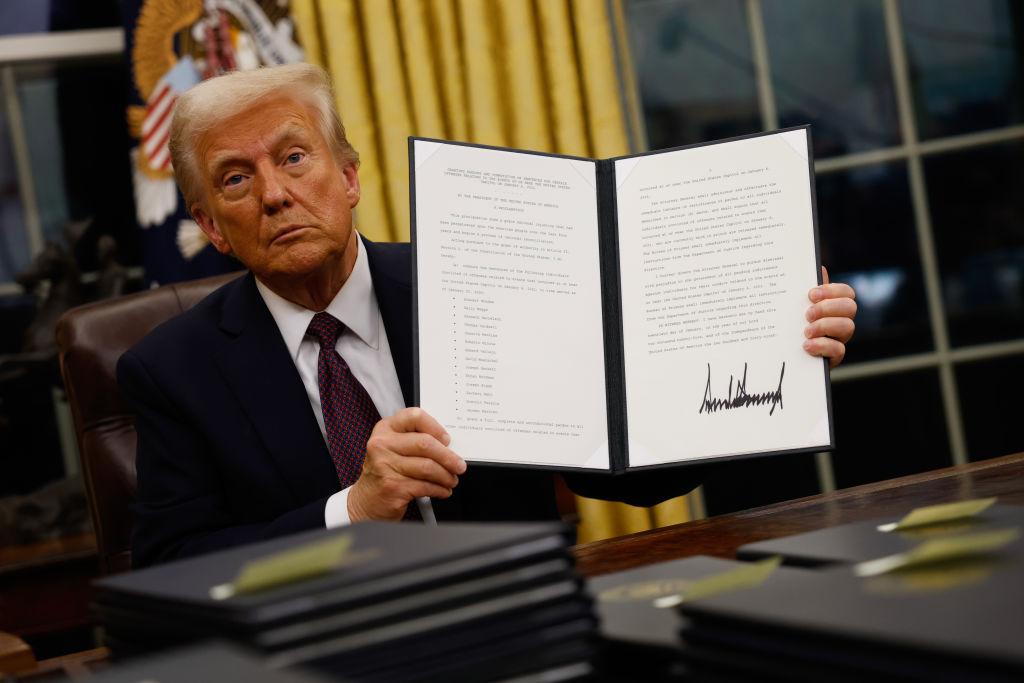The proposed 2026 federal budget plans to defund the Institute of Museum and Library Services (IMLS), with an allocation of only $6 million for the year, significantly diminished from its current $313 million fiscal budget, Book Riot reported.
The allocated $6 million would be used to close the agency and several others at the beginning of 2026. Though the IMLS only accounts for only 0.005% of the overall federal budget, plans to shut it down are part of a lager restructuring aimed at redefining the role of the federal government in the United State’s arts and culture landscape.
Related Articles

Should the budget be approved by Congress, there would be no more state grants to help fund public libraries and museum services issued by the IMLS. The decision for the 2026 fiscal budget is expected to be made by October 1.
Additionally, if the IMLS is to remain intact, Congress will need to reauthorize the Museum and Library Services Act of 2018—put in place by President Trump in his first term—by September 30. As part of the act, the agency has to be reauthorized every six years or it will not longer be considered active (though that does not mean it cannot continue to function as long as there are allocated funds in the budget).
Despite numerous legal efforts to stop the IMLS shutdown, including a temporary restraining order issued by a federal judge and a lawsuit filed by 20 attorney generals, both the federal fiscal budget and Museum and Library Services Act need to be reinstated by Congress.
Established in 1996, the IMLS is the only federal agency that provides resources to museums and libraries across all 50 states and territories.
The proposal to cut the IMLS has also been framed by the Trump administration as an effort toward greater fiscal responsibility, with the Department of Government Efficiency (DOGE) spearheading the initial gutting of the IMLS that saw its employees placed on administrative leave. This news came not long after Trump appointed the deputy secretary of labor Keith E. Sonderling as acting director of IMLS.
Elon Musk, who recently parted ways with DOGE, initially promised on the Trump campaign trail that the department would cut at least $2 trillion in federal spending (and later revised that promise to $1 trillion). Thus far, DOGE estimates a $175 billion savings.
For his part, Musk predicted “a wave of voluntary terminations that we welcome” among federal workers. A Reuters review of the agency departures found that they have cut nearly 12% or 260,000 of the 2.3 million federal civilian workforce.
Since his departure, however, Musk told the Washington Post, “The federal bureaucracy situation is much worse than I realized”.
In an interview with CNN, Musk expressed his discontent for the proposed budget, which in its current state would add $3.8 trillion to our national debt over the next ten years: “I was, like, disappointed to see the massive spending bill, frankly, which increases the budget deficit, doesn’t decrease it, and undermines the work that the DOGE team is doing.
“I said, ‘I actually thought that, when this “big, beautiful bill” came along, it’d be like, everything he’s done on DOGE gets wiped out in the first year.’”
Though Musk’s 130-day mandate as a special government employee was slated to expire around May 30, his efforts to restructure the federal government through DOGE are expected to continue.

